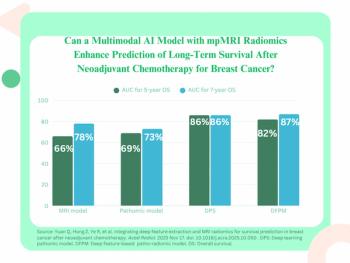
3D imaging reveals skull evolution
The skull is often thought of as packaging for the brain, but a new study suggests that the two are linked developmentally and evolutionarily.
The skull is often thought of as packaging for the brain, but a new study suggests that the two are linked developmentally and evolutionarily.
Analysis by Dr. Joan T. Richtsmeier, a professor of biological anthropology at Penn State University, of 3D CT and MR images of infants diagnosed with craniosynostosis, or premature closure of cranial sutures, demonstrates a strong integration of brain and skull (J Exp Zool Mol Dev Evol published online Mar. 8, 2006).
Researchers suggest that an understanding of craniosynostosis can shed light on the evolution of the skull and brain, given that premature suture closure reduces the number of cranial bones and that vertebrate evolution trends toward fewer skull and jaw bones and loss of some intercranial joints.
They propose that the genetic basis of the changes documented in craniosynostosis infants may also account for the changes observed in the evolution of the skull.
Newsletter
Stay at the forefront of radiology with the Diagnostic Imaging newsletter, delivering the latest news, clinical insights, and imaging advancements for today’s radiologists.




























